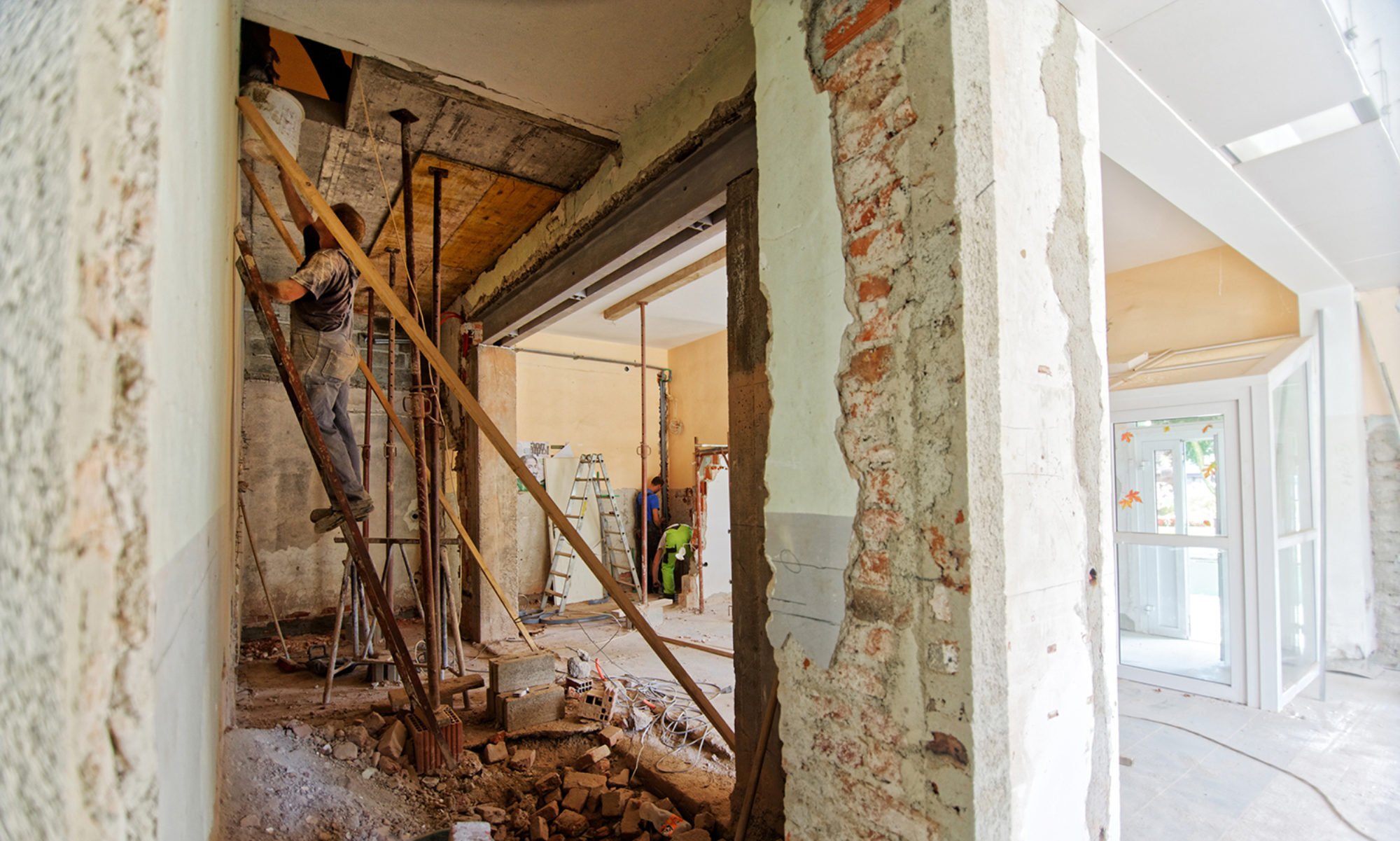Marble and Other Natural Stones on Living Room Floors
Natural stones, such as marble, are a durable, resistant and sophisticated flooring option for living rooms.
As this is one of the few flooring options that can be used in both internal and external areas, its a much recommended choice for houses with large doors connecting indoors and outdoors.
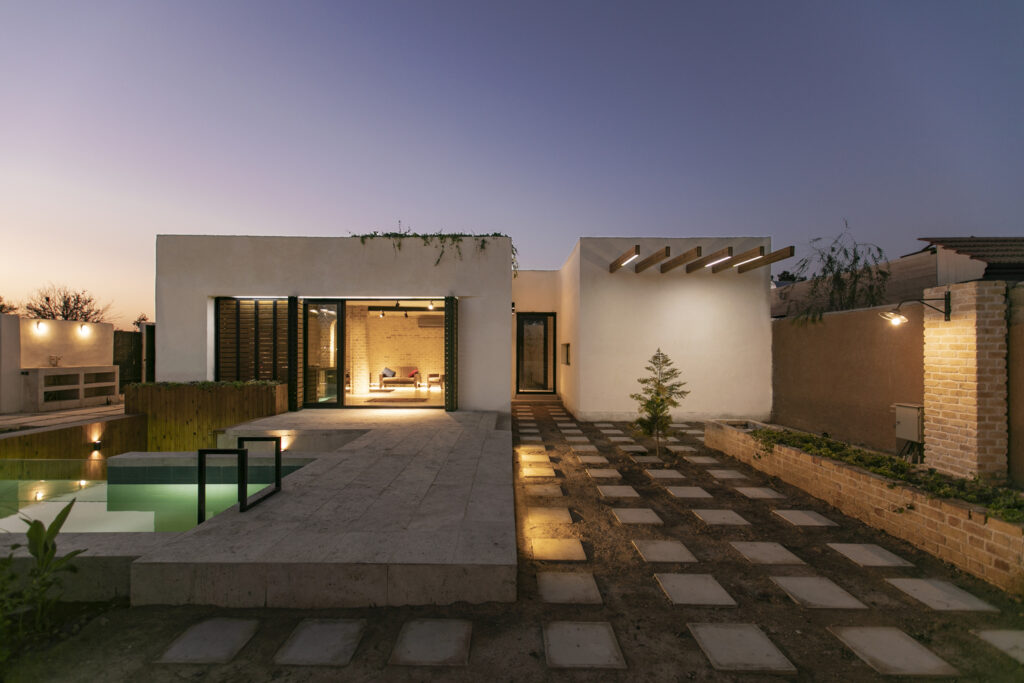
In this article you’ll see the possible design variations, learn about pros and cons of the most common stones and find out if this is the best option for you. Besides from seeing some inspiring pictures, of course.
Page Contents:
Natural stone flooring design options
Natural stones are available in different shapes and finishes.
First, you can have square or irregular-shaped pieces.
For either case, you can still choose between polished stones, for a shiny and smooth surface, and raw, more rough and porous.
So let’s see 4 possible combinations of these finishing varieties:
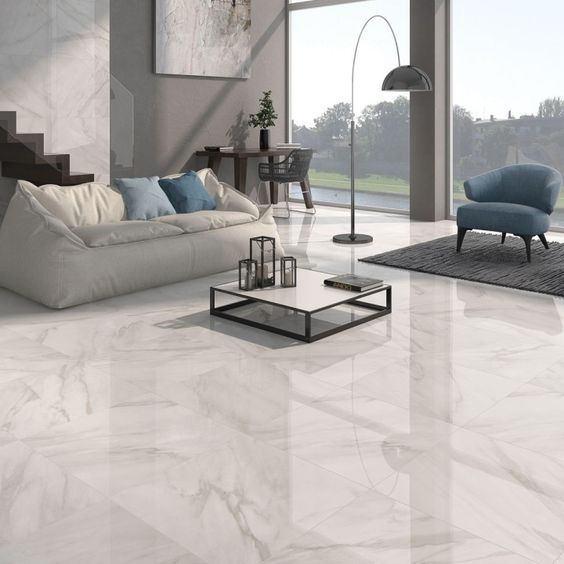

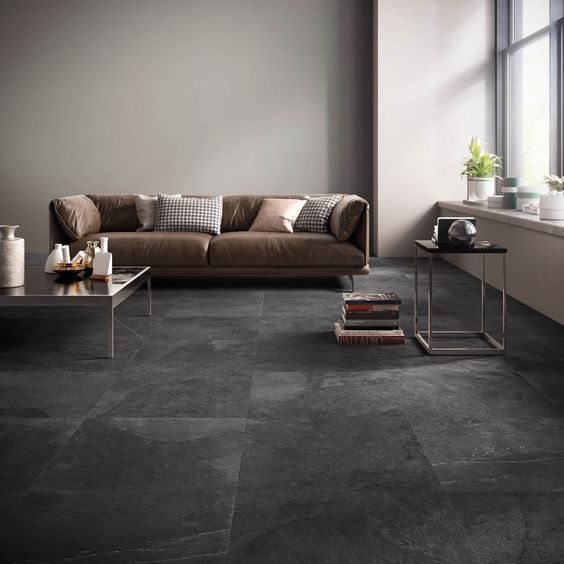

Marble: the most common natural stone used for flooring
Marble is arguably the favorite stone for flooring, as well as for wall coatings and countertops. This is due to its unique beauty and its several colors and textures, mostly heavily veined.
However, it’s less resistant to stains and scratches than other stones, as it‘s more porous. Therefore, it requires careful cleaning, as most chemical products can stain it.
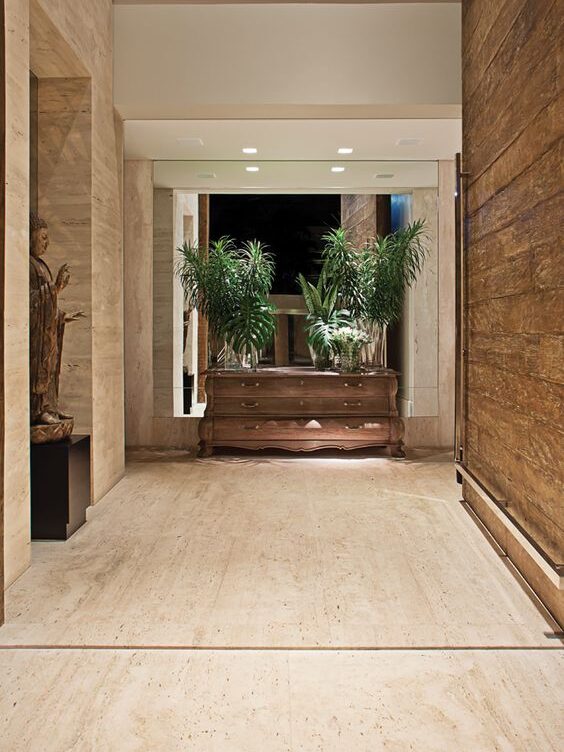
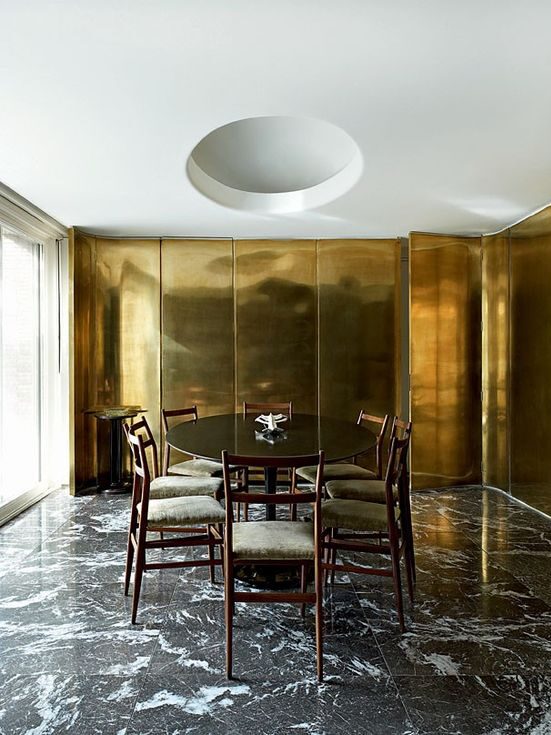
Granite is a more practical option, as it is much more resistant and cheaper than marble. But, as it doesn’t look nearly as nice, I honestly don’t see the point of choosing it for your living room flooring.
If you like the marble look but prefer something cheaper and easier to maintain, you can choose a marble-looking floor tile, for instance.
For other polished options or rustic, raw stone floorings, check the options with a local supplier.
Is natural stone flooring the best option for your living room?
As we saw, marble and other natural stones can make a well finished, beautiful and durable flooring. And you have many design and material options to make your living room floor just as you like.
On the other hand, the disadvantages of natural stone flooring are:
- Costly material and installation labor;
- high thickness and weight;
- because it is a cold flooring, it is ideal for hot places. For cold homes, consider another option, or avoid the cold by placing rugs in strategic places;
- hard and slippery surface , in case of polished stone, is not ideal for children and elders.
In renovations, you need to make sure that you can lower the subfloor enough to fit the pieces and finish the flooring at the right level. In some cases there is no room for thicker materials like this.
If the rooms you want this flooring for are not at the ground floor, specially in apartments, you should check if the structure can handle the weight, and plan the transport and installation logistics with the supplier.
But if you’re still in doubt if this is the best option for your home, the best to do is to compare different material options of living room and bedrooms flooring.
In this article, you’ll get a panorama of a number of options, its pros and cons, and for which case each one is more recommended.
